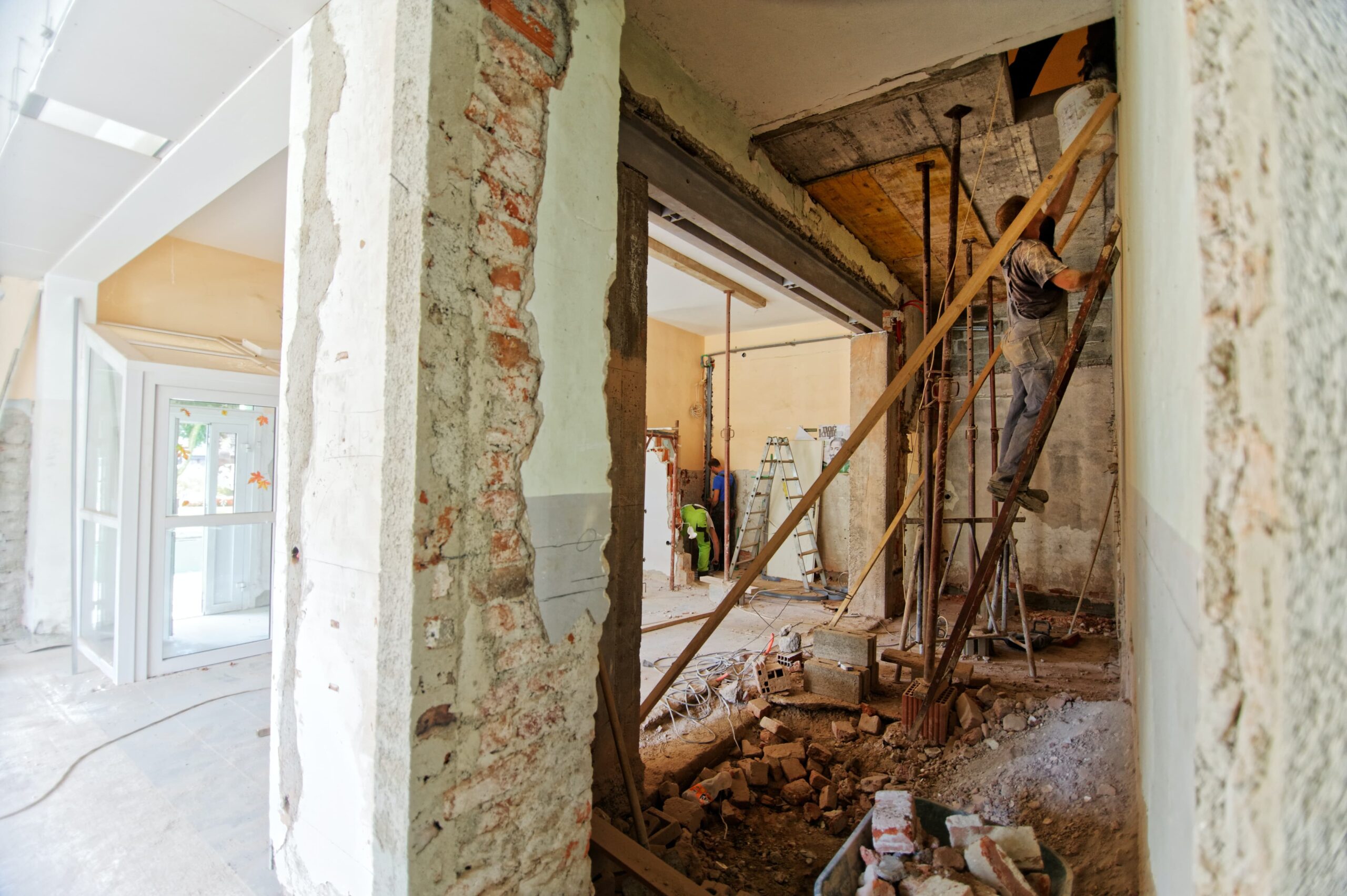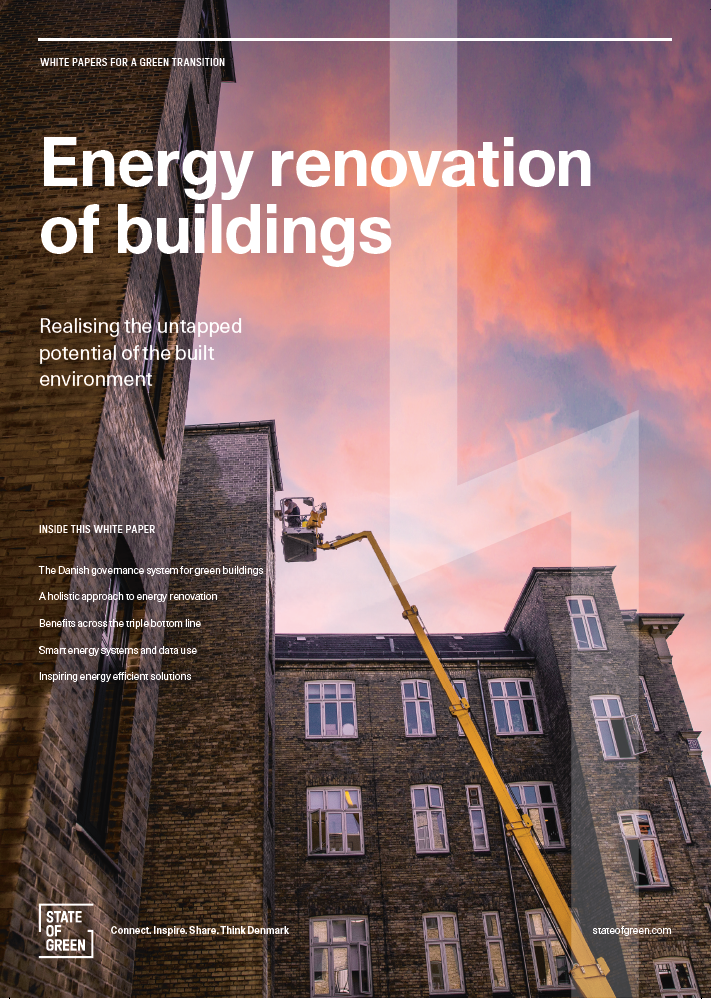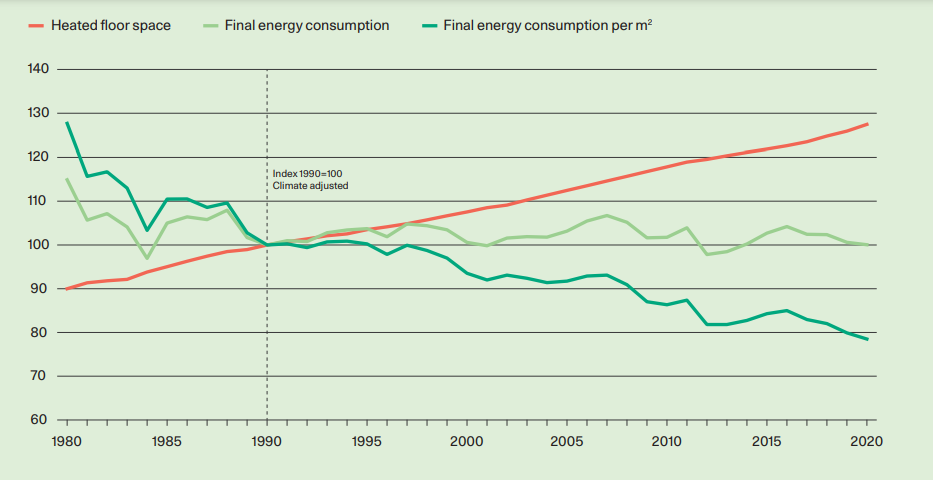Download our publication on energy renovation of buildings today
This article is part of our publication ‘Energy renovation of buildings’.
Download nowPerspective
Energy efficiency in buildings


From 1990-2020, the energy consumption for space heating per household in Denmark was reduced by 15% and consumption per m2 was reduced by 22%. This was achieved in large part through the strict energy efficiency requirements for new buildings and major renovations in the Danish Building Code. Moreover, despite an increased total building area, the total energy consumption of state-owned buildings was reduced by 14% from 2006-2020. The transition to renewable energy production has also visibly reduced CO2 emissions in these buildings. For example, CO2 emissions per kWh electricity has been reduced from 929 to 211 grams CO2.

This article is part of our publication ‘Energy renovation of buildings’.
Download nowThe EU Energy Renovation Wave and Danish targets for energy efficiency and CO2 reductions will accelerate improvements in the energy efficiency of buildings. The EU goal is to reduce greenhouse gas emissions by 55% in 2030 and by 80-95% in 2050 when compared to 1990. The EU Commission also proposes to raise targets for improvements in energy efficiencies across all sectors to 36% in 2030. The Danish goal for CO2 reductions is 70% in 2030 and climate neutrality in 2050. In the coming years, a crucial focus will be on unlocking the remaining energy saving potential in Danish buildings, not least in buildings built before 1980.
The Danish construction industry possess much of the necessary skill and knowledge to support energy renovation in buildings both in and outside of Denmark. More than 40% of the industry’s production in Denmark targets international markets. The activity in the construction sector is currently
at a high level: the annual turnover for renovation of existing buildings was 13,441,111 million EUR in 2020, accounting for one-third of the sector’s total activity, with energy renovations playing a key part. Crucially, the sector works closely with energy authorities on the design and implementation of requirements and other incentives for energy efficiency.
The period 1990 to 2020 shows a notable decrease in the energy consumption for space heating per m2 in Danish households and a decoupling of the total energy consumption from the growth in total household area. The decline can be explained partly by upgrades in the insulation of older homes, partly by replacing old oil burners with more efficient natural gas boilers and district heating installations. Furthermore, requirements for new homes in Danish building regulations mean that their energy consumption per m2 is lower than existing homes.
Source: The Danish Energy Agency

solutions
Energy efficiency in buildings
+2